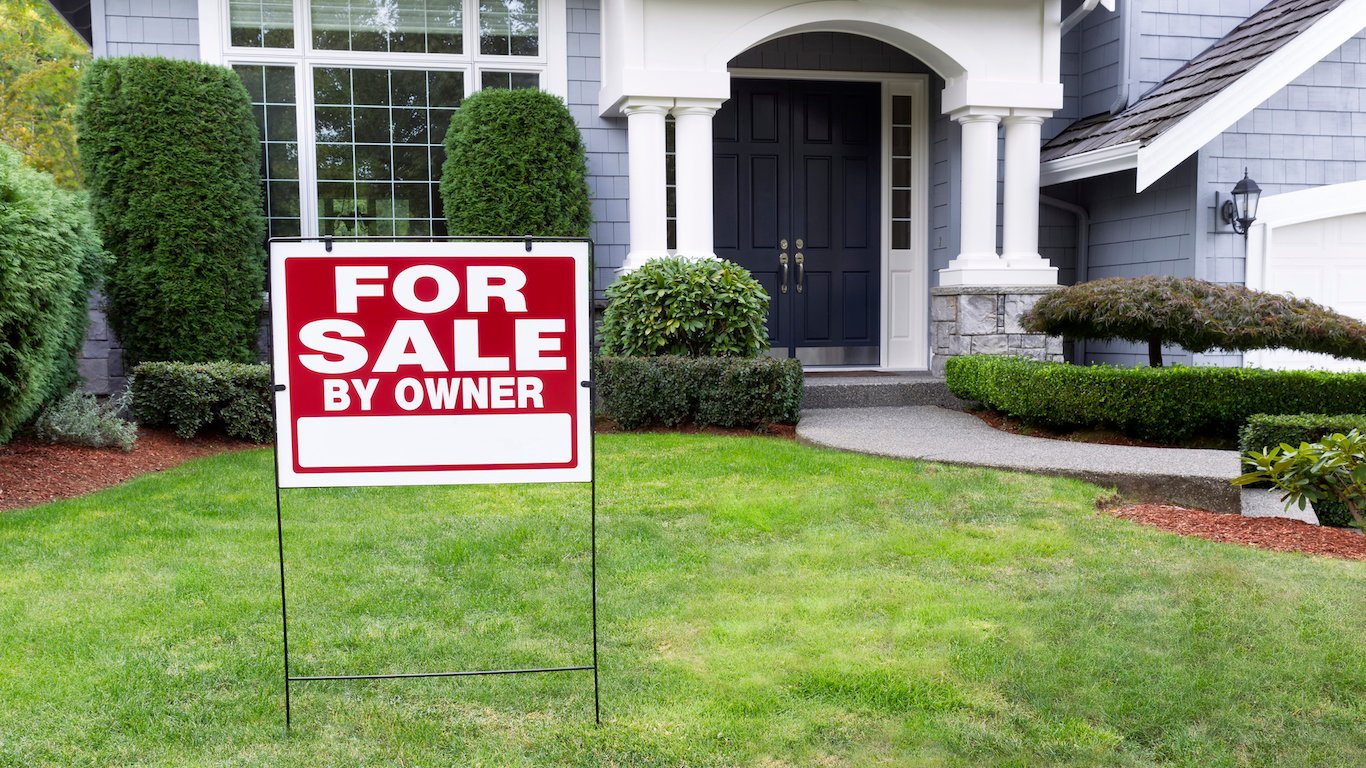

The National Association of Realtors (NAR) Thursday morning released its data on pending sales of existing homes for the month of August. The pending home sales index fell by 1.8%, from a July reading of 106.1 to an August reading of 104.2. The August index is down 2.3% compared with August 2017 and has now lagged year-ago levels for eight consecutive months.
The August pending-sales index decreased in all four NAR geographical regions.
The consensus estimate called for pending sales to be flat month over month. The index reflects signed contracts, not sales closings. An index reading of 100 equals the average level of contract signings during 2001.
The index has been above 100 (the “average” reading) for 46 straight months.
The NAR’s chief economist, Lawrence Yun, noted:
Pending home sales continued a slow drip downward, with the fourth month over month decline in the past five months. Contract signings also fell backward again last month, as declines in the West negatively impacted overall activity. The greatest decline occurred in the West region where prices have shot up significantly, which clearly indicates that affordability is hindering buyers and those affordability issues come from lack of inventory, particularly in moderate price points.
Yun continued:
We have two opposing factors affecting the market: the negative impact of rising mortgage rates and the positive impact of continued job creation. This should lead to future homes sales staying fairly neutral. As long as there is job growth, rising mortgage rates will hinder some buyers; but job creation means second or third incomes being added to households which gives consumers the financial confidence to go out and make a home purchase.
By region, August pending home sales fell to an index score of 92.7 in the Northeast, down 1.3 points compared with July and down 1.6% year over year. In the West, sales decreased by 5.9 points to an index score of 89.1, down 11.3% compared to last year’s index.
Sales fell 0.5 points in the Midwest to an index score of 101.6 and remain down 1.1% year over year for the month. Sales in the South decreased by 0.7 points to 121.3 in August and are up 1.3% compared with the year-ago index score.
Existing home sales closed 2017 at around 5.51 million. Yun continues to expect 2018 sales of around 5.46 million (down about 1.6% year over year), unchanged from last month’s estimate. The national median existing home price is expected to rise by around 4.8% this year. For 2019, Yun is forecasting existing home sales to rise 2% and home prices to rise by around 3.5%. In 2017 prices rose 5.7% and sales of existing homes increased by 1.1%. In 2016, sales of existing homes increased by 3.8% and prices rose 5.1%.
Essential Tips for Investing: Sponsored
A financial advisor can help you understand the advantages and disadvantages of investment properties. Finding a qualified financial advisor doesn’t have to be hard. SmartAsset’s free tool matches you with up to three financial advisors who serve your area, and you can interview your advisor matches at no cost to decide which one is right for you. If you’re ready to find an advisor who can help you achieve your financial goals, get started now.
Investing in real estate can diversify your portfolio. But expanding your horizons may add additional costs. If you’re an investor looking to minimize expenses, consider checking out online brokerages. They often offer low investment fees, helping you maximize your profit.
Thank you for reading! Have some feedback for us?
Contact the 24/7 Wall St. editorial team.